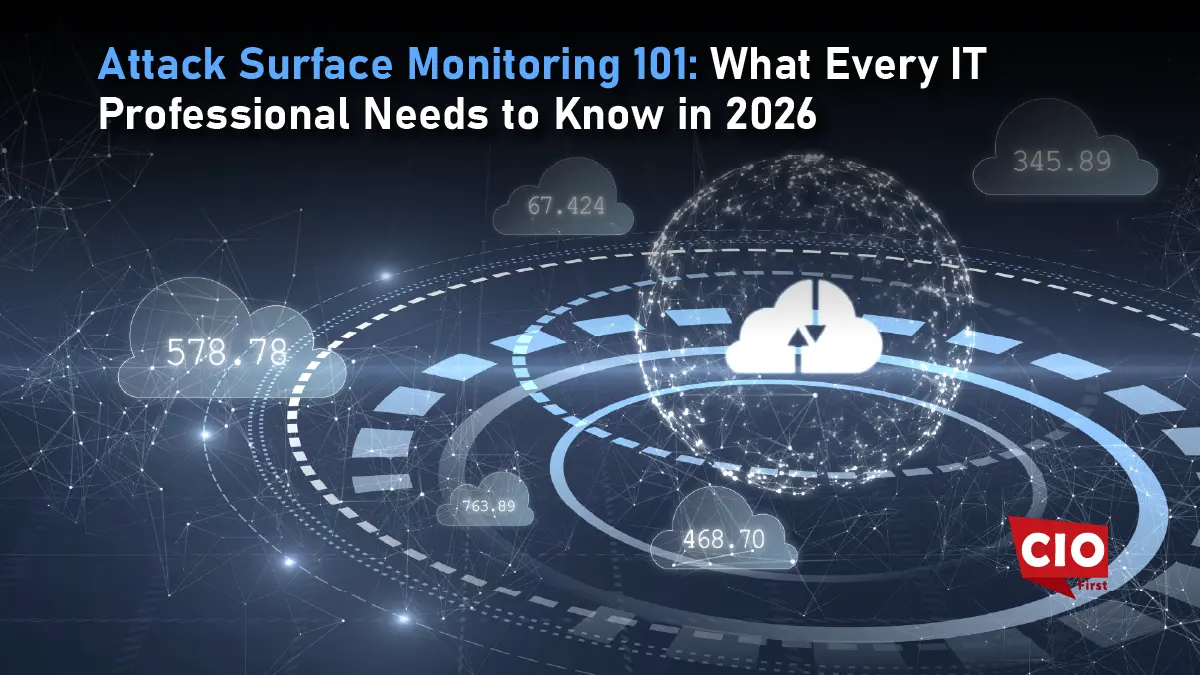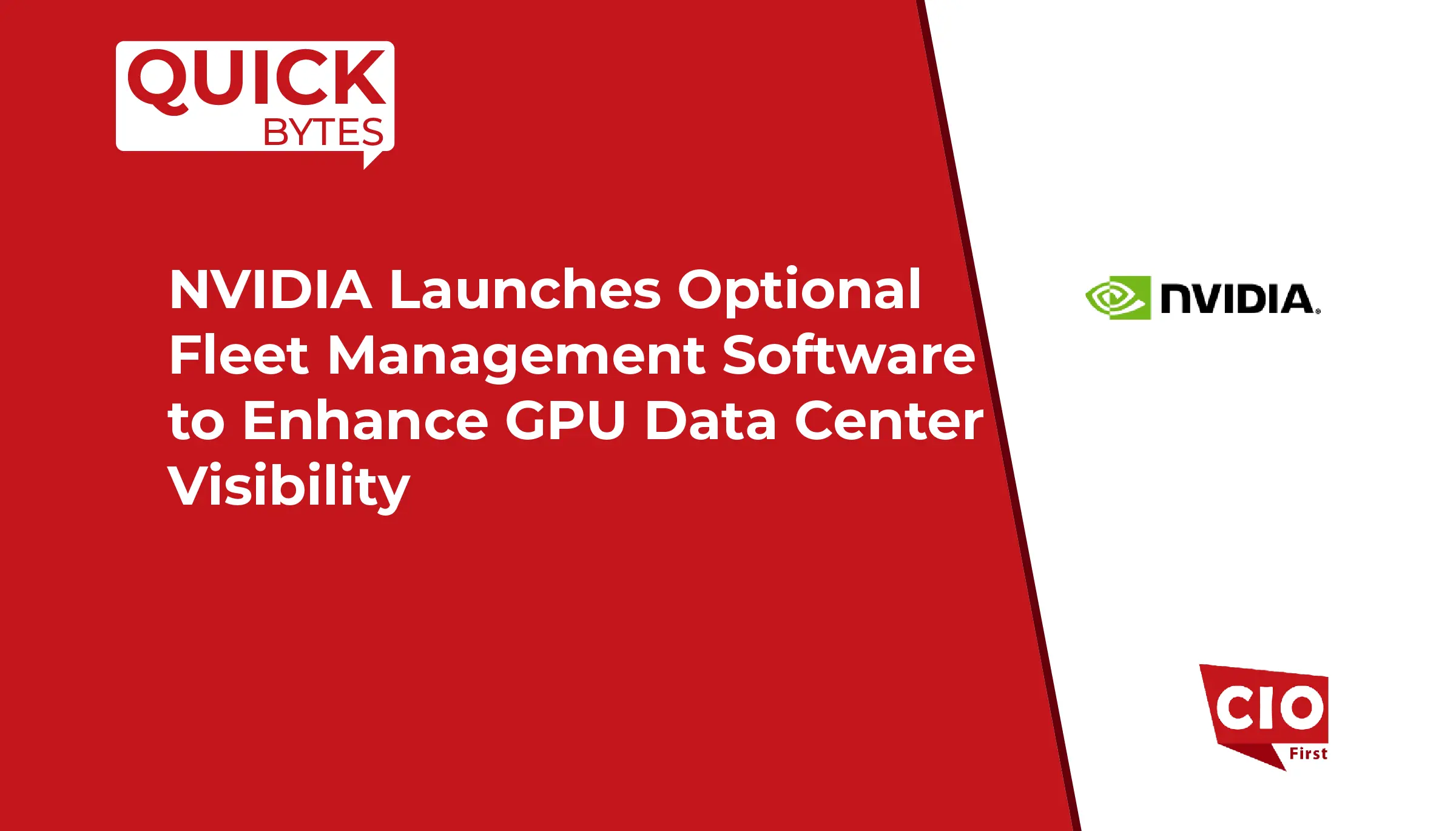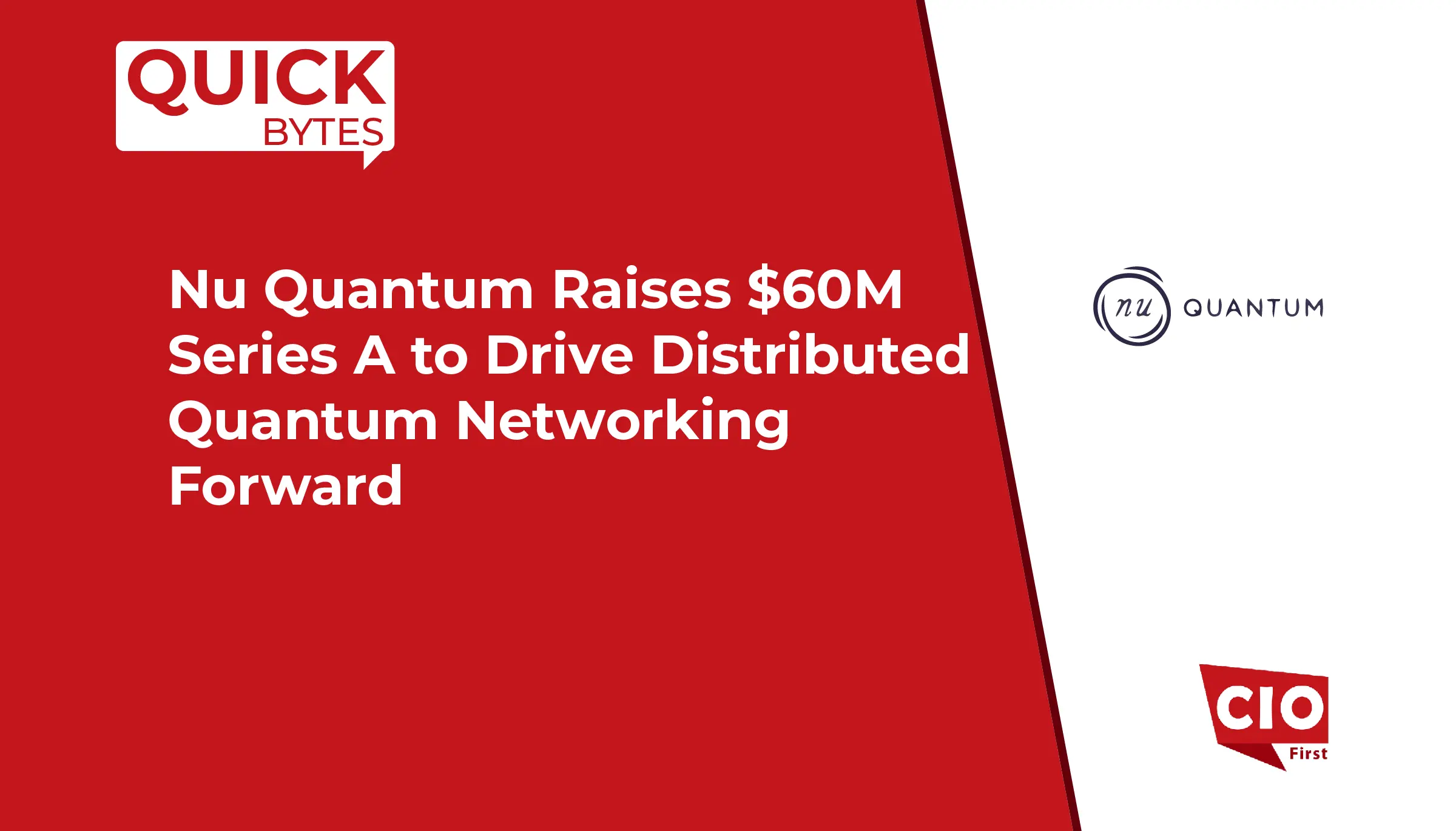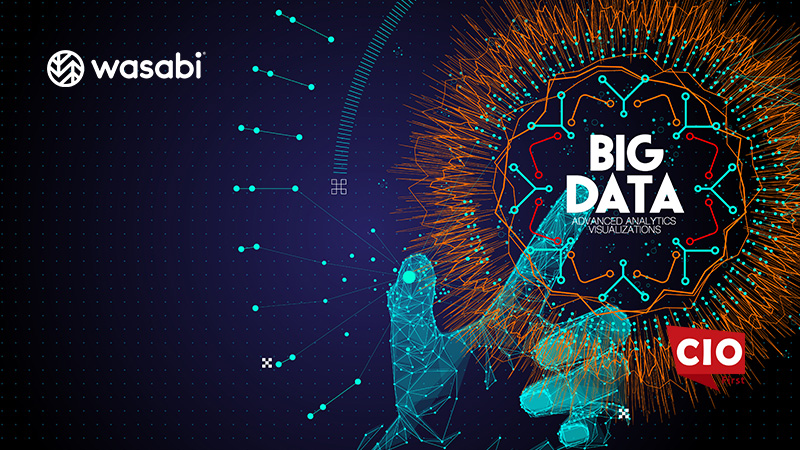In a major leap forward for enterprise data platforms, Snowflake has announced the launch of Snowflake Intelligence, a new suite of agentic AI capabilities built to help organisations interrogate, act upon and govern both structured and unstructured data with conversational ease. The initiative was introduced at Snowflake Summit 2025 and signals a decisive shift from traditional data-warehousing to a new era of “data-and-AI” as a unified platform.
What Snowflake Intelligence Does
Snowflake Intelligence introduces several key features:
- Data Agents for Everyone: Business users can now ask natural-language questions of data—whether in tables or documents—and receive actionable insights via agentic AI routines built atop Snowflake’s existing data cloud.
- Seamless Access Across Data Types: The capability spans structured data, PDFs, images, spreadsheets and more, thanks to Snowflake Openflow and new extraction and embedding pipelines.
- Governed & Secure Environment: All AI-agent workflows live inside the enterprise’s Snowflake environment, inheriting security, role-based access, lineage and governance controls.
- ML Automation for Data Scientists: For technical teams, Snowflake is offering a Data Science Agent—an agentic companion that automates parts of the model development life-cycle, speeding time to production.
According to Snowflake, this combination removes many of the traditional bottlenecks—data silos, complex tooling, infrastructure overhead—by bringing AI agents and governance into one platform.
Implications for the IT Industry
The launch of Snowflake Intelligence carries significant implications across the IT landscape:
- Data Platforms Become AI Delivery Engines
Rather than separate analytics, ML or AI toolchains, Snowflake is positioning itself as the single surface for data, AI agents and business workflows. This means IT teams will increasingly treat the data cloud not just as storage or warehouse but as the frontline for AI-driven decisions. - Infrastructure Simplification and Cost Efficiency
By embedding agentic AI directly in the data platform, organisations can reduce the number of separate systems (ETL tools, document-processing pipelines, LLM integrations). This consolidation helps standardise governance, cut latency and lower operational risk. - Shift in Skills and Roles
With natural-language access and agentic workflows, the divide between “data scientist” and “business user” narrows. IT and analytics teams will need to focus more on data-agent design, governance, observability and business-domain modelling, rather than only infrastructure tuning or model training. - Trust, Governance and Compliance Are Central
Snowflake’s emphasis on security, lineage and governance within these AI agents means IT must ramp up observability, audit-trail management and bias/fairness tracking for AI workflows. The era of “shadow AI” on ungoverned data lakes becomes less tenable.
Also Read: Cisco Redefines Enterprise Networking for the AI Age with Next-Gen Secure Architecture
Broader Effects on Businesses
Beyond IT, this announcement has important consequences for organisations operating in data-intensive industries:
Accelerated Decision-Making
Business leaders can now query enterprise data in conversational form—accelerating insight generation and reducing reliance on specialists. This faster time-to-decision means competitive advantage in markets where speed matters.
Democratisation of Data Insight
With agents accessible to non-technical users, organisations can broaden access to analytics and insight generation across teams. This supports greater innovation, faster responsiveness and improved utilisation of enterprise data assets.
New Value from Unstructured Data
Many companies under-utilise documents, free-text, image data and other unstructured assets. By making it easier to query and act on these alongside traditional tables, companies can unlock latent value previously locked in silos.
Monetisation and Business Model Innovation
With Snowflake Intelligence, companies can embed data-agent capabilities into products, enable more self-service analytics, and create new revenue streams. Firms across sectors might deliver smarter offerings, better customer experiences or data-powered services.
Operational Risk Management
As data and AI become more embedded in operations, firms deploying agentic AI within a governed platform like Snowflake mitigate risks around data leakage, model drift and compliance failure. This is particularly salient in regulated industries (finance, healthcare, manufacturing).
Conclusion
Snowflake’s introduction of Snowflake Intelligence marks a pivotal transformation in how enterprises will manage and monetise their data in the AI era. For IT leaders, this means shifting from infrastructure focus to “AI agent operations”, governance and business alignment. For businesses, the promise is clear: faster insights, more empowered users, and deeper value from existing data assets.
In a landscape where data and AI can define competitive differentiation, Snowflake’s move positions the data cloud as the central nervous system of the enterprise—where insights are surfaced not after, but as business happens.

























